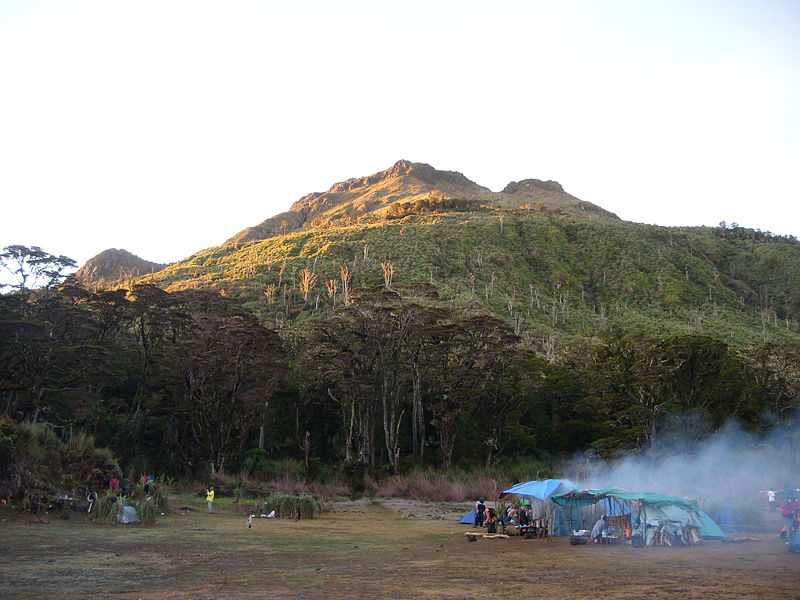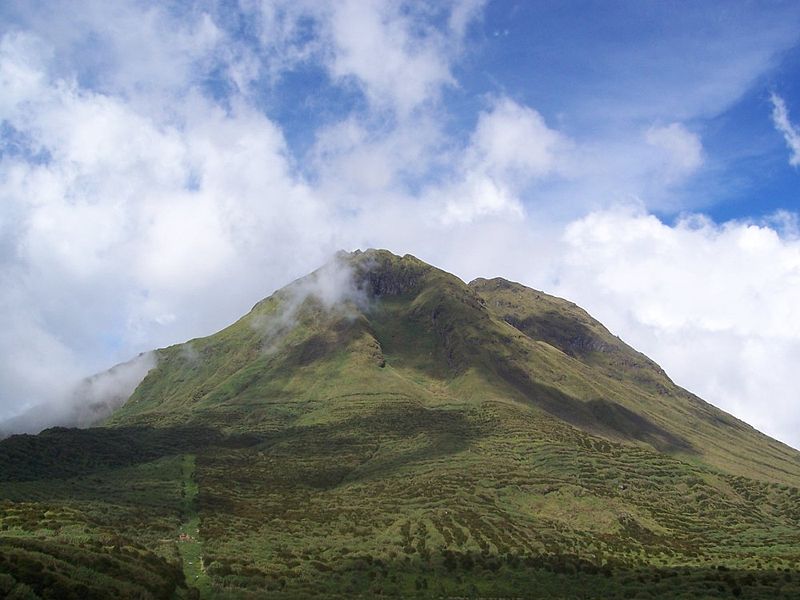Did it ever occur to you that going to the top of Mt.Apo can have a volcanic, rock-climbing feel? As opposed to the popular Kidapawan trail that is narrow and full of lush vegetation, the Kapatagan track leading to the highest mountain in the Philippines provides a more exciting and adrenaline-rushing experience to mountaineers. With tons of boulders and volcanic rocks covering the majority of the trail, adventure-hungry climbers will surely find this journey a totally different mountaineering activity.
While the Kapatagan trail is famous for its boulder-lined pathways, this place in Digos City, Davao del Sur is also home to amazing tourist destinations. So before you proceed with your no-nonsense scale to Mt.Apo, you can opt to stay a day or two to learn more about this quaint barangay. If you have enough time, do not forget to check out Lake Rosario, which used to be Kapatagan’s only source of water. However, as the number of people drastically increased, this body of water could no longer meet the needs of the population, therefore transforming it into a breeding ground for tilapia and other kinds of fish today. While at the barangay, do not skip Mt. Apo Highland Resort – Hillside, home to seventy-two Asian palm civets or mi-lo, which play a big role to the production of one of the world’s most expensive coffees, the civet coffee.
Another exceptional attraction that you can visit in Kapatagan is the Tibolo Village, which is located just at the foot of Mt. Apo. Here you can immerse in the culture of the Bagobos, one of Mindanao’s existing tribes. Within a day, you can interact with the locals, learn about their daily way of life, taste or even learn how to make the famous bamboo-cooked delicacy called nilutlot, and study their traditional crafts.
After visiting the said destinations, you can now embark on a breathtaking journey to the Philippine’s highest mountain. But remember that you need to register yourself first at the Mt. Apo Mountaineering Trekkers Information Center in Sitio Baras for a Php720.00 (non-student) or a Php432.00 (student) fee. Once everything has been settled—from your documents to permits—prepare yourself for a long walk on open hills and fields before finally entering the mossy forest. Usually this is where your guide will ask you to eat your meals and to build your tents. After a good rest and an overnight stay in the camp, you will then proceed to one of the most special places leading to Mt. Apo, the boulder trail.
It may be intimidating for others but the sight of big rocks piled all over the tall mountains nearing Mt. Apo is actually a real beauty. This landscape reminds us of the volcano that once stood on the highest peak in Mindanao. The sulfur vents that you can see along the way makes the “volcanic” experience even more genuine. Of course, you need to cover your nose if you do not want to inhale the uninviting smell coming from the deposits. As you pass through this challenging area, you will then notice a lake formed in the old crater of the mountain. Here you can relax for a bit and enjoy the fresh air before you finally go up to the summit of Mt. Apo.
If you are excited about climbing up the highest mountain there is in the Philippines, why not hop on a plane from Manila to Davao City, take a one-hour bus or van ride to Digos City, Davao del Sur, and enjoy the one-hour habal-habal ride to the Barangay Kapatagan’s jump-off point NOW!

